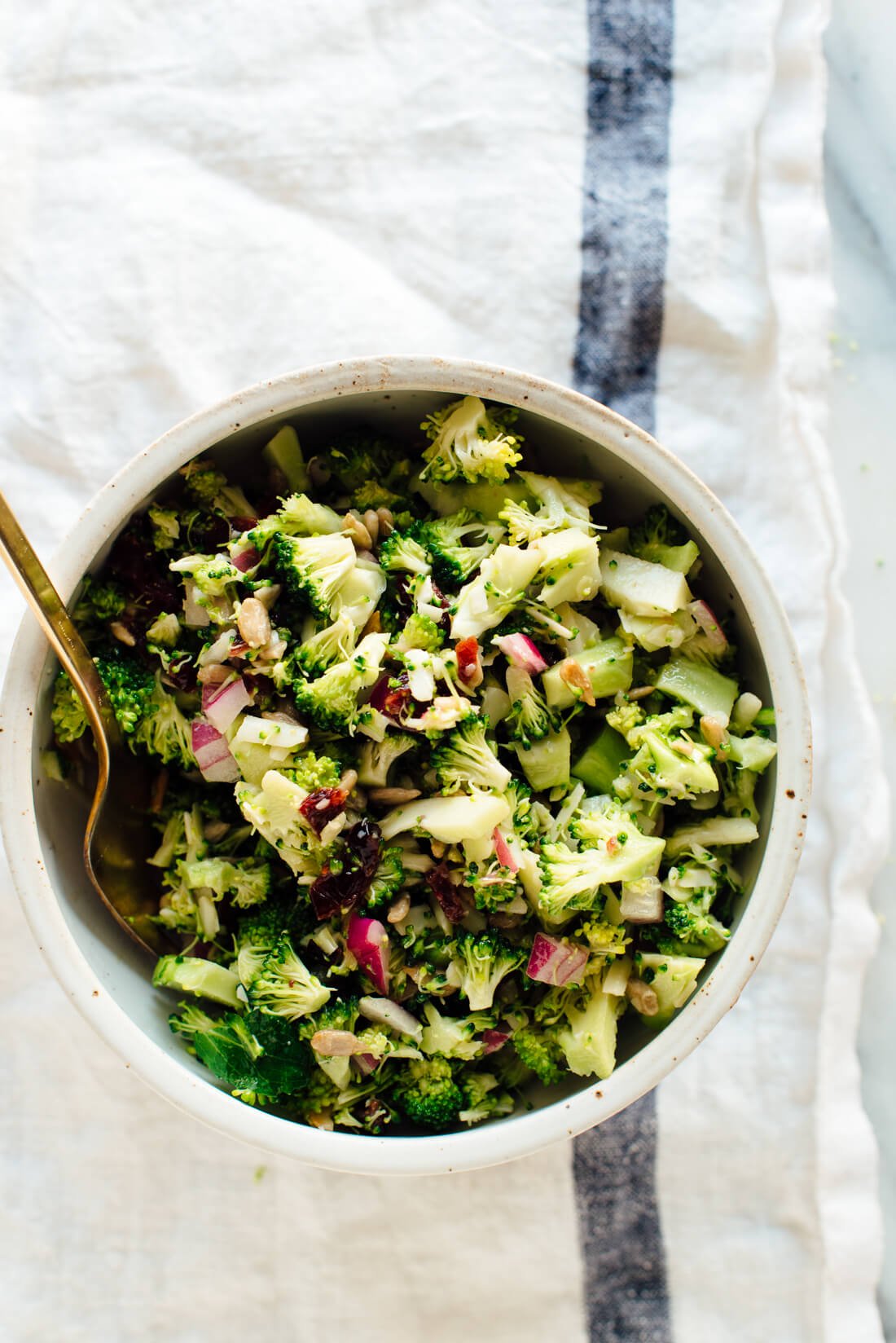Shona.duguid
Shared posts
Myosin Va transport of liposomes in three-dimensional actin networks is modulated by actin filament density, position, and polarity [Biophysics and Computational Biology]
Domesticated dogs ( Canis familiaris ) tend to follow repeated deceptive human cues even when food is visible
Abstract
There is abundant evidence that domestic dogs (Canis familiaris) readily follow pointing and other cues given by humans. But there has been much less research into the question of whether dogs can learn to discriminate between different humans giving repeated honest or dishonest cues as to food location, by ignoring the information imparted by the deceiver. Prior research has demonstrated that even after repeated exposures to deceptive cues with respect to food location, dogs failed to learn to ignore those cues completely. Kundey, De Los Reyes, Arbuthnot, Coshun, Molina, and Royer (2010) found the same outcome in a similar experiment. The purpose of the current experiment was to determine if dogs could learn to discriminate between an honest and a deceptive human by ignoring the deceiver’s cues even when it was obvious that the container being pointed at was not baited by using two transparent containers. Eight dogs were tested. On 20 cooperator trials, the experimenter stood behind the baited container and cued the dog, located midway between the containers and 3 m away, to approach it. On 20 deceiver trials, a different experimenter stood behind the empty container and cued the dog to approach that container. Results replicated prior research in that, even though the containers were transparent, the dogs failed to learn to distrust the deceiver completely and went to the empty and indicated container on more than half of the deceiver trials.
Visual Perception: To Curve or Not to Curve
The scope of formal explanation
Abstract
The existence of multiple modes of explanation means that a crucial step in the process of generating explanations has to be selecting a particular mode. The present article identifies the key conceptual, as well as some pragmatic and epistemological, considerations that license the use of the formal mode of explanation, and thus that enter into the process of selecting and generating a formal explanation. Formal explanations explain the presence of certain properties in an instance of a kind by reference to the kind of thing it is (e.g. That has four legs because it is a dog). As such, this mode of explanation is intrinsically tied to kind representations and is applicable domain-generally. Although it is possible for formal explanation to apply domain-generally, for any given kind it is selective in its application, in that it can explain some, but not all, properties of the instances of a kind. It also appears that different types of properties can receive formal explanations across different domains. This article provides a sketch of a theory of the selectivity of formal explanation that results from the manner in which kinds of different types are distinguished. The present discussion also suggests how the mechanisms underlying formal explanations may contribute to the illusion of explanatory depth Keil (Trends in Cognitive Sciences, 7, 368–373,2003), the operation of the inherence heuristic Cimpian & Salomon (Behavioral and Brain Sciences, 37, 461–480, 2014a; Behavioral and Brain Sciences, 37, 506–527,2014b), and psychological essentialism (Gelman, 2003).
What to Cook This February

February is here! If you bookmarked any hearty soups and stews that you haven’t gotten to try yet, this is the month to make them. In just four weeks, March and glimmers of spring will greet us. Here are more seasonal recipes to enjoy this month with winter produce. More new recipes are coming soon!
Broccoli
Favorite Broccoli Salad
Gluten-free option and vegan option
“Sooooo good! My husband and I devoured a whole batch of this for dinner (And I usually hate raw broccoli) I made second batch right away and put it in the fridge to marinate for tomorrow!” – Rachel
The post What to Cook This February appeared first on Cookie and Kate.
Inclusive Fitness 101: Math Not Required
Source:Trends in Ecology & Evolution, Volume 31, Issue 3
Author(s): Ulrich R. Ernst
